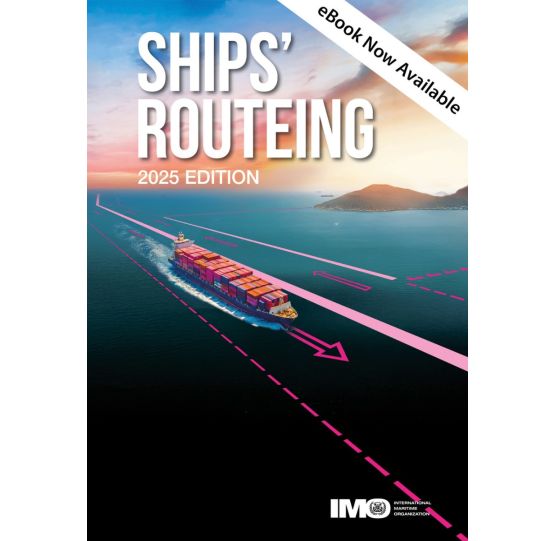Ships' Routeing, 2025 Edition
S$417.50
October 2025
Both the safety of shipping and the cleanliness of oceans are promoted in many ways, one of which is the continuing development of routeing measures to organize the navigation of vessels and to monitor their progress. This publication presents individual descriptions of the following routeing measures:
- traffic separation schemes and inshore traffic zones
- deep-water routes
- areas to be avoided
- no anchoring areas
- other routeing measures, such as recommended tracks, two-way routes and recommended directions of traffic flow
- associated rules and recommendations on navigation
- archipelagic sea lanes
- ship reporting systems
This edition incorporates routeing measures that have been adopted before September 2025.
In stock


